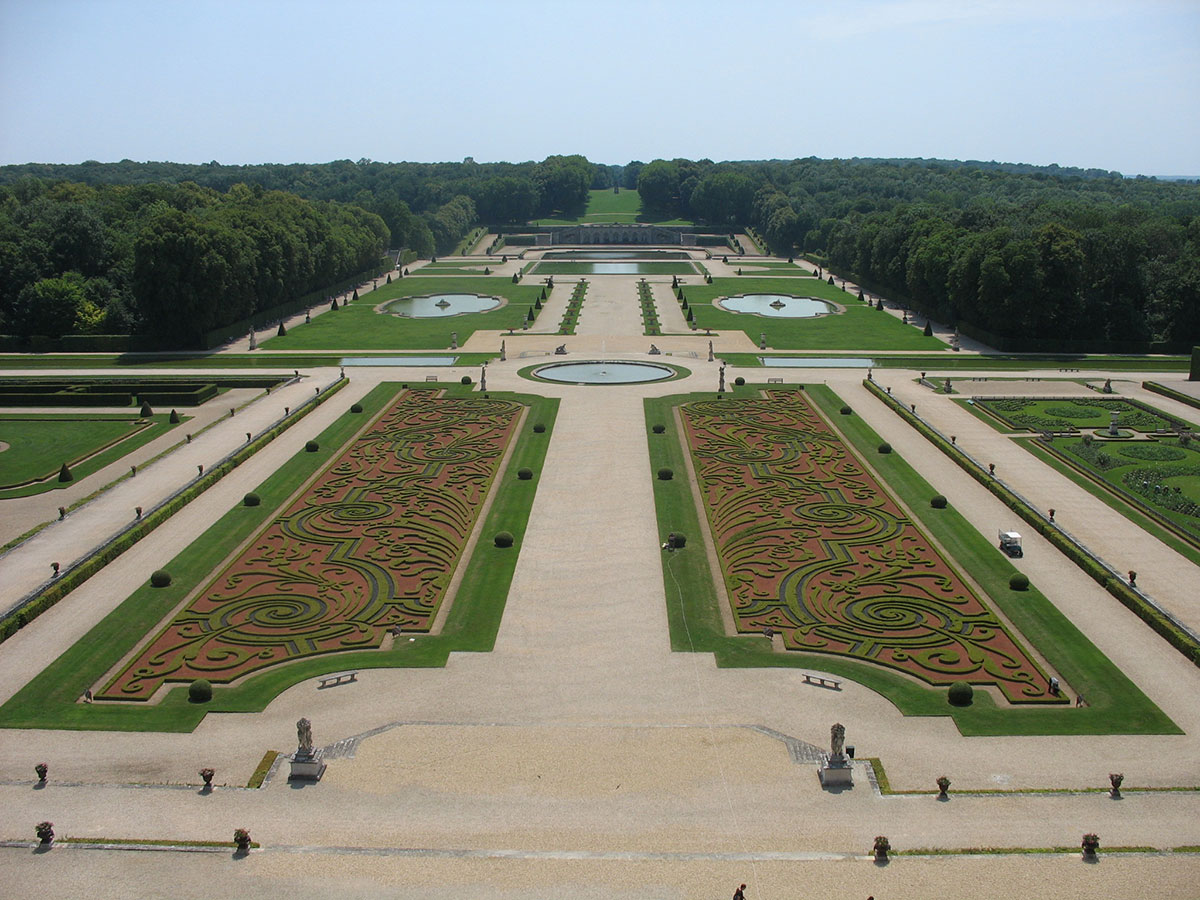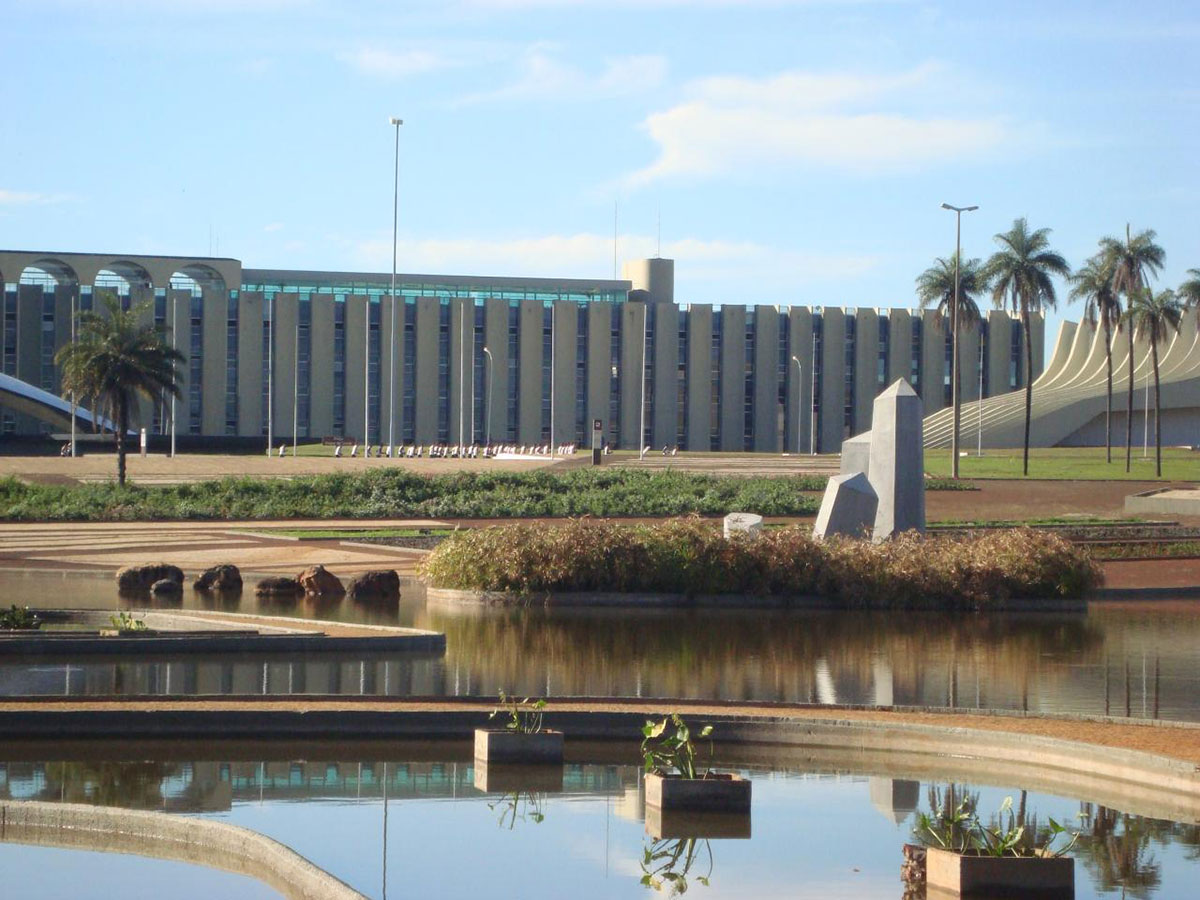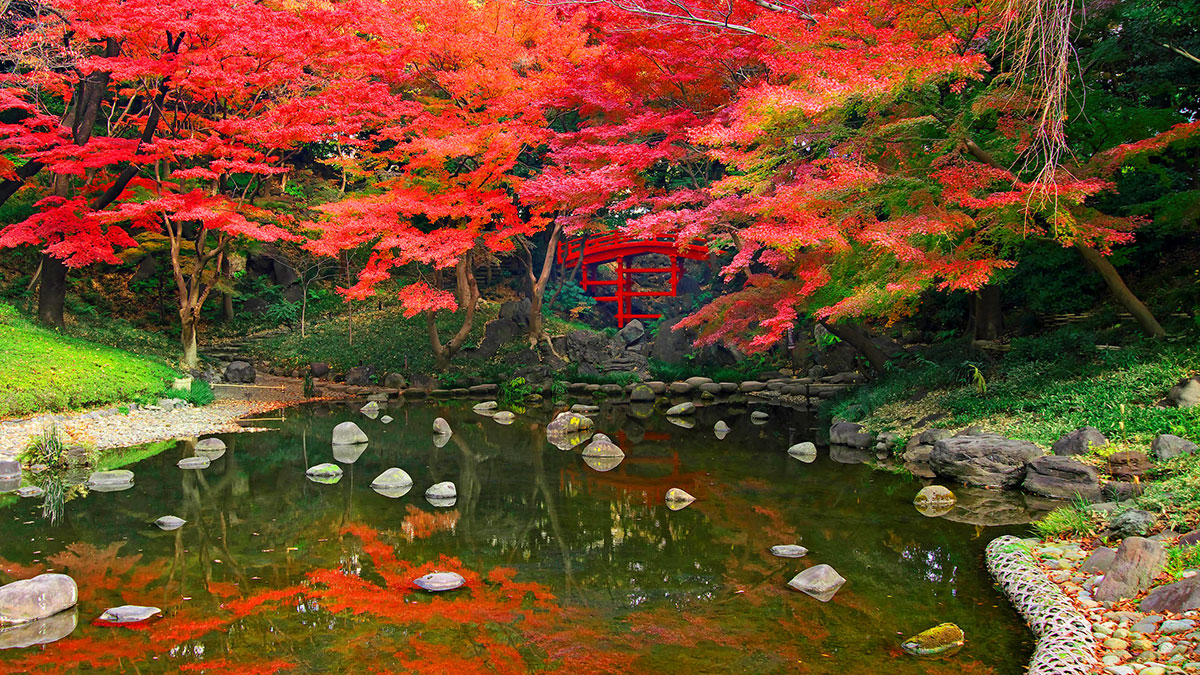The Spanish term “jardín” has its origin in the Old French word jart, or “orchard“, and this from the term gard, “enclosure“, from the even older language of the Franks, while the word “park” has its origin in the French term parc. Many centuries have passed since a garden was first an enclosure and then an orchard, until today it is almost synonymous with, or at least complementary to, a park, and refers generally to green spaces. At some point in this evolution, perhaps even earlier with Nebuchadnezzar II in 6th century BC Babylon, water became part of them, in the form of ponds, lakes or small streams.

wikimedia.org
Well, the design of these particular aquatic elements has undergone an evolution which, unsurprisingly, goes hand in hand with the evolution of trends in the design of parks and gardens, also known as landscaping or, in other words, landscape architecture.

wikipedia.org

wikipedia.org
Traditionally, in the western geographical area, gardens were conceived as an extension of the architecture of the buildings themselves, or green spaces within the building, where nature was domesticated. This perspective imposed the design of green areas and water features with linear layouts and polygonal forms. In other cases, such as the early Egyptian gardens or the French formal gardens, the very channelling of water determined their design.

wikimedia.org
With the advent of the English garden or Romantic garden, precisely under the influence of the Enlightenment first and Romanticism later, the domestication of wild nature becomes more subtle. The garden as such becomes a canvas for the virginal state of nature, a state open to the free play of individual emotions. The preferred aquatic elements for expressing these ideals are the stream and the pond.

wikimedia.org
It was precisely from the Modernist period of the 20th century onwards that landscaping established itself as an autonomous discipline independent of construction. Gardens and parks experienced absolute freedom in reinterpreting historical references with the new language of avant-garde architecture. Water still plays an important role as an integrating resource in projects of various scales, from domestic to urban or territorial.

wikimedia.org
Amusement Logic’s design, architecture and construction team is constantly on the lookout for the latest trends in landscaping. In this way, they approach their projects with knowledge and resources, whether it is a hotel or resort, a campsite, a shopping centre or water parks, theme parks, animal parks, etc.
By Guillermo Ferrer, senior architect in Amusement Logic’s Architecture Department.






